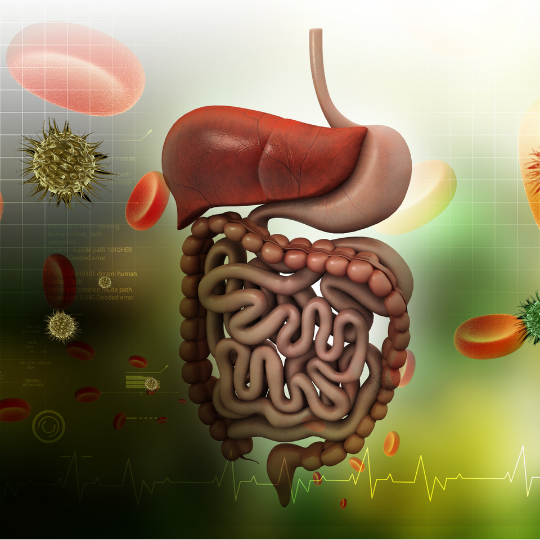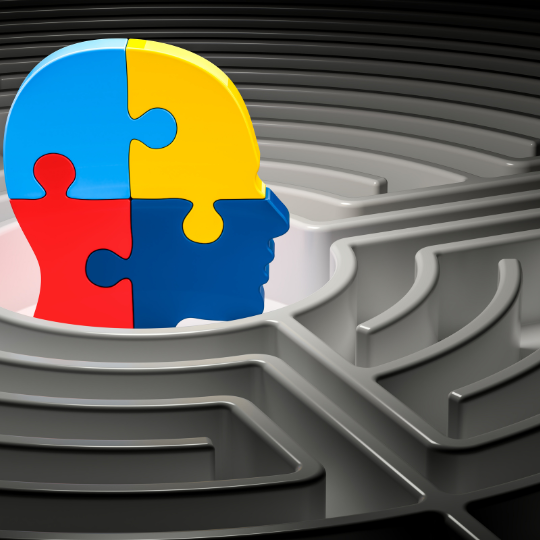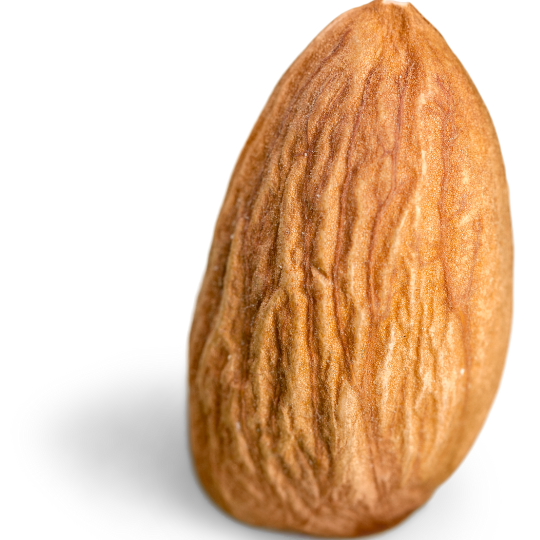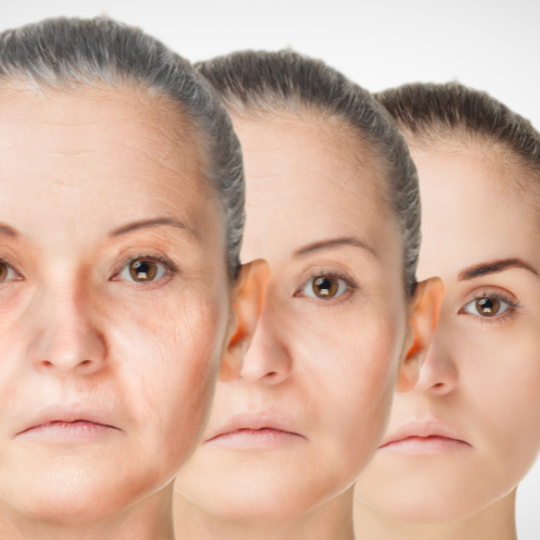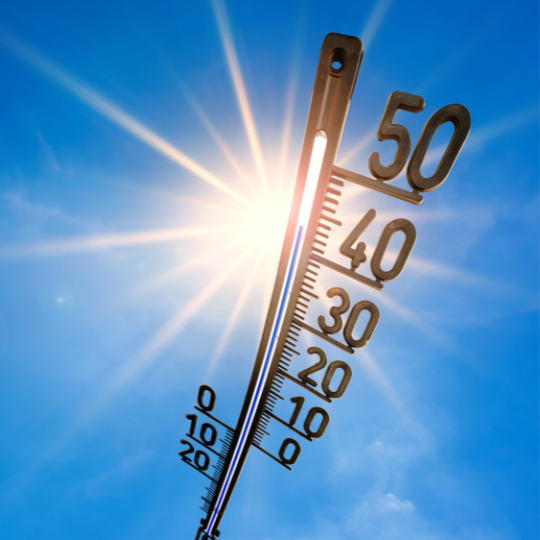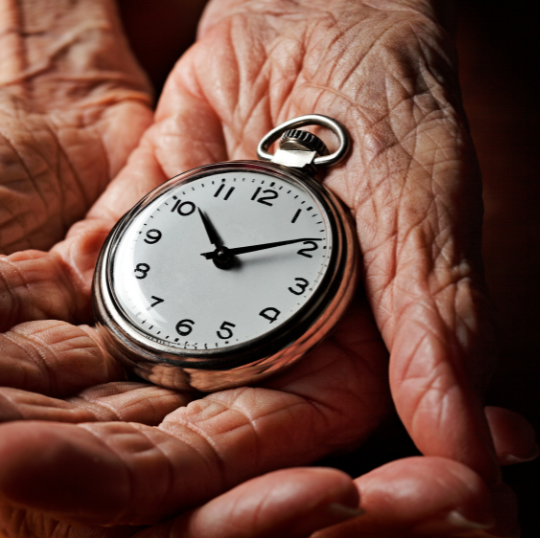Collagen is a structural protein found in the connective tissue of animals, including humans. It is made up of long chains of amino acids, primarily glycine, proline, and hydroxyproline. Skin, tendons, ligaments, and bones are just a few of the tissues in the body that benefit from the structure, strength, and support provided by collagen fibers.
Collagen world
There are several different types of collagen, each with its own unique characteristics and functions. The main types are:
- Type I collagen: This is the most abundant type of collagen in the body. It is found in skin, tendons, ligaments, bones, and connective tissue. It provides strength and support to these tissues
- Type II collagen is found in cartilage, which is a type of connective tissue that cushions joints and helps them move smoothly
- Type III collagen is found in skin, blood vessels, and organs such as the liver and uterus. It provides support and structure to these tissues
- Type IV collagen is found in the basement membrane, which is a thin layer of tissue that surrounds organs and blood vessels. It helps to support and protect these tissues
- Type V collagen is found primarily in the placenta, but also in lungs, liver, cornea and bones.
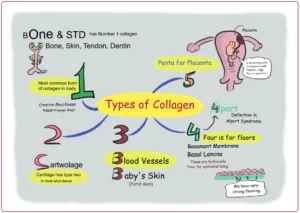
In human physiology, collagen plays a vital role in maintaining the integrity and strength of tissues. As mentioned, it is particularly important for the maintenance of skin, hair, and nails, as well as for the proper functioning of joints and bones. Collagen is also involved in the repair of tissues following injury or damage.
Collagen homeostasis refers to the balance of collagen in the body. Too little collagen can lead to weak and fragile tissues, while too much collagen can cause thickened and fibrotic tissues. For example, too little collagen can lead to osteoporosis, a condition in which bones become weak and fragile due to a loss of bone density. On the other hand, too much collagen can lead to fibrosis, a condition in which scar tissue forms excessively, leading to the stiffening and thickening of organs and tissues.
To ensure that collagen is at optimal levels in the body, it is important to maintain a healthy diet that includes foods rich in nutrients that support collagen synthesis, such as vitamin C and amino acids. Exercise, especially weight-bearing and resistance exercises, can also support collagen synthesis and maintain healthy connective tissue, due to the sheer forces exerted by the exercise to which the tissue responds by building itself stronger.
Down into the genetic weeds
There are several genetic predispositions, or SNPs (single nucleotide polymorphisms), that can influence collagen tissue. For example, variations in the COL3A1 gene have been associated with an increased risk of developing Ehlers-Danlos syndrome, a disorder characterized by hypermobility of the joints and skin that is fragile and easily bruised. Similarly, variations in the COL5A1 gene have been associated with an increased risk of developing osteogenesis imperfecta, a disorder characterized by brittle bones that are prone to fractures.
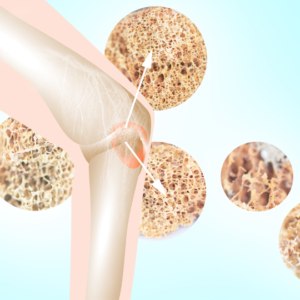
To address these genetic predispositions, a combination of behavioral tools, nutrition, and supplements may be helpful. For example, engaging in regular exercise and maintaining a healthy diet that is rich in nutrients that support collagen synthesis, such as vitamin C and amino acids, can help to improve collagen tissue health. In addition, supplements such as collagen peptides, which are hydrolyzed collagen protein, can also be helpful in supporting collagen synthesis and maintaining healthy connective tissue.
First and foremost, it is key to check you collagen related genes, so you have an idea about the propensity to develop any collagen related issues. In our genetic and metabolic optimization approach, this comes later in the process, but nevertheless adds to health and wellbeing, as you can imagine.
